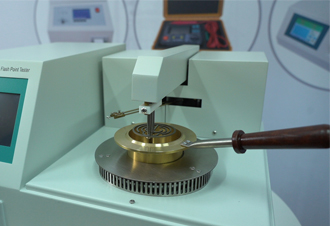 English
English


capacitor tan delta
Understanding Capacitor Tan Delta Significance and Applications
In the realm of electrical engineering, capacitors play a crucial role in various applications, serving as essential components in circuits to store and release energy. One aspect that significantly influences the performance and reliability of capacitors is the tan delta, also known as the loss tangent. Understanding this parameter is vital for engineers and technicians when evaluating the quality and operational efficiency of capacitors in electrical systems.
What is Tan Delta?
Tan delta (tan δ) is a measure of the energy lost as heat in a capacitor due to its dielectric material when it is subjected to an alternating current (AC). It is defined as the ratio of the resistive (loss) component of the current to the reactive (capacitive) component. In simpler terms, tan delta quantifies how much energy dissipation occurs when a capacitor is performing its function of energy storage and release.
A lower tan delta value indicates that the capacitor is efficient, exhibiting minimal energy loss, while a higher value suggests significant energy dissipation as heat, which can lead to reduced performance and potential failure of the capacitor over time. The tan delta can be expressed as
\[ \text{tan} \delta = \frac{I_{\text{loss}}}{I_{\text{reactive}}} \]
where \( I_{\text{loss}} \) is the current associated with the resistive losses, and \( I_{\text{reactive}} \) is the current due to the capacitive action.
capacitor tan delta

Importance of Monitoring Tan Delta
Monitoring the tan delta of capacitors is crucial for predictive maintenance and reliability assessment in power systems, especially in high-voltage applications. High tan delta values can indicate various issues such as dielectric breakdown, moisture ingress, or aging effects in the dielectric material. By conducting tan delta tests, engineers can identify potential problems early, allowing for timely maintenance or replacement, thus preventing catastrophic failures.
Applications
Tan delta testing is widely utilized across various industries, including power generation, transmission, and manufacturing sectors, where capacitors are integral to the functioning of electrical systems. Additionally, it is commonly employed in the testing of capacitor banks, transformers, and cable insulation to assess their health and functionality.
In the renewable energy sector, where capacitors are used in wind and solar power systems for power factor correction and energy storage, ensuring low tan delta values is essential for maximizing efficiency and longevity.
Conclusion
In conclusion, the tan delta parameter serves as a critical indicator of capacitor health and efficiency. By understanding and monitoring this measurement, engineers can enhance the performance and reliability of electrical systems, ensuring that they operate efficiently while minimizing the risk of failure. The importance of tan delta cannot be overstated, as it is an essential aspect of electrical engineering that directly impacts the longevity and effectiveness of capacitors in various applications. As technology evolves, the significance of monitoring the tan delta will only become more pronounced in the pursuit of sustainable and reliable electrical systems.
-
Differences between open cup flash point tester and closed cup flash point testerNewsOct.31,2024
-
The Reliable Load Tap ChangerNewsOct.23,2024
-
The Essential Guide to Hipot TestersNewsOct.23,2024
-
The Digital Insulation TesterNewsOct.23,2024
-
The Best Earth Loop Impedance Tester for SaleNewsOct.23,2024
-
Tan Delta Tester--The Essential Tool for Electrical Insulation TestingNewsOct.23,2024





